- No products in the cart.
Vesicare tab p / 10 mg of the film 30 pc
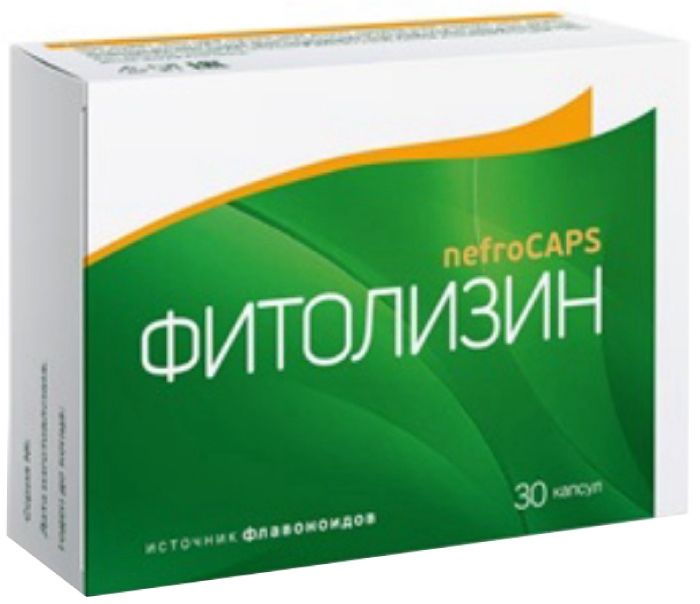
Phytolysinum nefrokaps caps. 356mg 30 pieces
$12.32
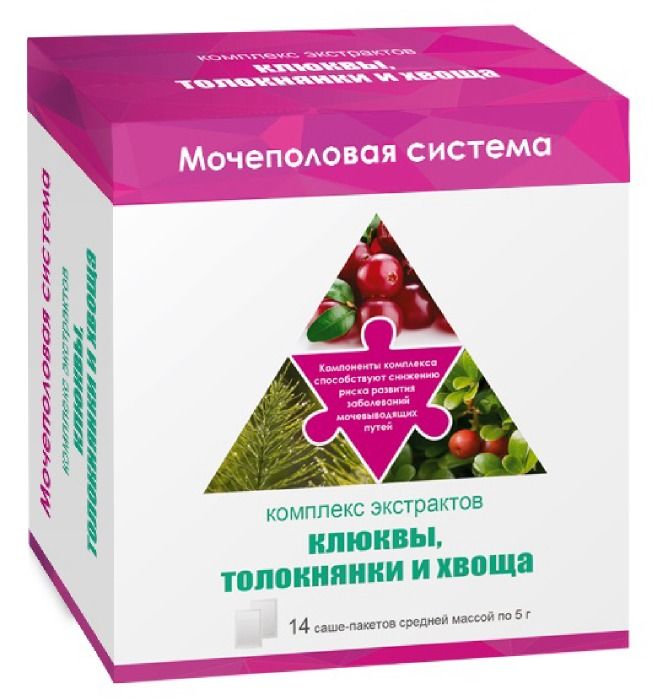
Complex extracts of cranberry / bearberry / horsetail antitsistit then 5g 14 pcs WTF
$5.28
$28.12
Vesicare tab p / 10 mg of the film 30 pc
SKU: 072166721 Categories: Kidney and bladder, Medicaments, Urinary incontinence Tags: Astellas, solifenacin
Description
Composition
Active substance:
1 tablet contains: solifenacin succinate 5 mg or 10 mg.
Excipients:
Lactose monohydrate, corn starch, Hypromellose 3 mPa.s, magnesium stearate, purified water; composition film coating: Opadry Yellow 03F12967 (Hypromellose 6 mPa.s, talc, Macrogol 8000, titanium dioxide, iron oxide yellow) and pink Opadry 03F14895 (Hypromellose 6 mPa.s, talc, Macrogol 8000, titanium dioxide, iron oxide red).
Description:
The tablet 5 mg – round, biconvex tablet, coated tablet light yellow color, having a marked “150” and a company logo on one side.
Tablet 10 mg – round, biconvex tablet, a coated tablet, a light pink color having the marking “151” and a company logo on one side.
Product form:
Film-coated tablets of 5 mg or 10 mg
10 tablets in a blister, 1 or 3 in the blister cardboard pack with instructions for use.
Contraindications
urinary retention severe gastrointestinal diseases (including toxic megacolon), myasthenia gravis closure glaucoma hypersensitivity to the drug hemodialysis severe liver failure severe renal failure or moderate hepatic failure treatment while potent inhibitors of CYP3A4, such as ketoconazole.
Dosage
10 mg
Indications
Treatment urge (imperative) urinary incontinence, pollakiuria and urgent (imperative) urge to urinate characteristic of patients with overactive bladder syndrome.
Interaction with other drugs
Pharmacological interactions
Concomitant treatment with anticholinergic drugs properties can lead to a marked therapeutic and undesirable effects. After discontinuation of solifenacin should be done about a week break before starting treatment with another anticholinergic drug. The therapeutic effect may be reduced by simultaneous administration of agonists of cholinergic receptors. Solifenacin can reduce the effect of drugs that stimulate the motility of the gastrointestinal tract, for example – metoclopramide and cisapride.
pharmacokinetic interactions
Studies in vitro have shown that therapeutic concentrations solifenacin does not inhibit CYP1A 1/2, 2C9, 2C19, 2D6, or ZA4 isolated from human liver microsomes. It is therefore unlikely that the drug will change solifenacin clearance metabolized by these CYP-enzymes.
The effects of other drugs on the pharmacokinetics of solifenacin.
Solifenacin is metabolized by CYP3A4. Simultaneous administration of ketoconazole (200 mg daily), a potent inhibitor of CYP3A4, caused a two-fold increase in AUC concentration vs. time solifenacin, and 400 mg / day – fold increase. Therefore Vesicare maximum dose should not exceed 5 mg, if the patient simultaneously receives ketoconazole or therapeutic doses of other strong CYP3A4 inhibitor (such as ritonavir, nelfinavir. Itraconazole). Simultaneous treatment of solifenacin and a potent inhibitor of CYP3A4 is contraindicated in patients with severe renal failure or moderate hepatic impairment. Since solifenacin metabolized by CYP3A4, pharmacokinetic interactions are possible with other CYP3A4 substrates with higher affinity (verapamil, diltiazem) and CYP3A4 inducers (rifampicin, phenytoin, carbamazepine).
Effect of solifenacin on the pharmacokinetics of other drugs
Peroralnye Contraceptives: There were no pharmacokinetic interaction solifenacin combined oral contraceptives (ethinylestradiol / levonorgestrel).
Warfarin: Reception Vesicare did not cause changes in the pharmacokinetics of R-warfarin and S-warfarin or their effect on prothrombin time.
Digoxin: Reception Vesicare no effect on the pharmacokinetics of digoxin.
Overdose
The highest dose of solifenacin that was used by volunteers was 100 mg as a single dose. At this dose, the most common side effects were noted following: headache (mild), xerostomia (moderate), dizziness (moderate), somnolence (easy), and blurred vision (moderate). No cases of acute overdose have been reported. In cases of overdose should be appointed activated charcoal, gastric lavage, but do not induce vomiting.
As in other cases of overdose of anticholinergic agents, the symptoms should be treated as follows: in severe anticholinergic effects of central action (hallucinations, severe anxiety) – physostigmine or carbachol; with cramps or severe irritability – benzodiazepines; with respiratory failure – artificial respiration; tachycardia – beta-blockers; at a delay of urination – catheterization; with mydriasis – instilled into the eyes of pilocarpine and / or place patient in dark room.
As in the case of an overdose of other anticholinergic drugs, particular attention should be given to patients with established risk lengthening the interval QT (t. E. When hypokalemia, bradycardia, and while taking drugs that cause elongation of the interval QT) and patients with heart disease (myocardial ischemia, arrhythmia congestive heart failure).
pharmachologic effect
Pharmacological group:
Antispasmodic.
Pharmacodynamics:
Pharmacological studies conducted in vitro and in vivo, have shown that solifenacin is a specific competitive inhibitor of the muscarinic receptors, mainly the M3 subtype. Also, it was found that solifenacin has low or no affinity for various other receptors and ion channels. Efficacy Vesicare in doses of 5 mg and 10 mg, studied in several double-blind, randomized, controlled clinical trials in men and women with overactive bladder syndrome, already observed in the first week of treatment and stabilized over the next 12 weeks of treatment. Vesicare maximum effect can be detected after 4 weeks. The efficacy persists for prolonged use (at least – 12 months).
Pharmacokinetics:
General characteristics
Absorption Maximum plasma concentration (Cmax) is reached after 3-8 hours. The time to reach maximum concentration (tmax) is independent of dose. Cmax and area under the curve (AUC) of concentration vs. time increase proportionally to dose increase from 5 to 40 mg. The absolute bioavailability – 90%. Food intake does not affect the Cmax and AUC of solifenacin.
Distribution: Volume solifenacin distribution after intravenous administration is approximately 600l. Solifenacin significantly (about 98%) is bound to plasma proteins, mainly to alpha 1-acid glycoprotein.
Metabolism: Solifenacin is extensively metabolised by the liver, primarily by cytochrome P450 ZA4 (CYP3A4). However, there are alternative pathways through which can be solifenacin metabolism. Systemic clearance of solifenacin is about 9.5 liter / hour, and the terminal half-life is 45-68 hours. After taking the drug inside the plasma in addition to solifenacin following metabolites have been identified: one pharmacologically active (4R-gidroksisolifenatsin) and three inactive (N-glucuronide, N-oxide and 4R-hydroxy-N-oxide of solifenacin).
Excretion: After a single administration of 10 mg of 14C-labeled solifenacin after 26 days about 70% of the radioactivity was found in the urine and 23% in feces. In urine about 11% of the radioactivity found in the form of unchanged active substance, about 18% in the form of N-oxide metabolite, 9% as a 4R-hydroxy-N-oxide metabolite and 8% as a 4R-hydroxy metabolite (active metabolite).
Solifenacin linear pharmacokinetics in the therapeutic dose range.
Pharmacokinetics in specific patient populations
Age: There is no need to adjust the dose depending on the age of patients. Studies have shown that exposure to solifenacin (5 and 10 mg), expressed as the AUC, was similar in healthy elderly individuals (65 to 80 years) and healthy young individuals (
Hepatic impairment: Patients with moderate hepatic impairment (Child-Pugh index from 7 to 9) Cmax value is not changed, the AUC is increased by 60%, t1 / 2 is doubled. Pharmacokinetics in patients with severe hepatic impairment has not been determined.
Pregnancy and breast-feeding
No clinical data on women who became pregnant while taking solifenacin. Studies in animals did not reveal any direct adverse effects on fertility, embryo / fetus or childbirth. Caution should be exercised in the appointment of the drug to pregnant women. No data on the excretion of solifenacin in human milk. The use of Vesicare is not recommended during breast-feeding.
Conditions of supply of pharmacies
By prescription.
side effects
Vesicare may cause side effects associated with anticholinergic action solifenacin often mild or moderate severity. The frequency of these adverse effects depends on the dose. The most frequently reported side effect of Vesicare – dry mouth. It was observed in 11% of patients treated with a dose of 5 mg per day, 22% of patients treated with a dose of 10 mg per day, and 4% on placebo. The severity of dry mouth was generally mild and rarely led to discontinuation of treatment. Overall adherence (compliance) was very high.
Disorders of the gastrointestinal tract: constipation, nausea, dyspepsia, abdominal pain, gastroesophageal reflux disease, dry throat, bowel obstruction, coprostasia
Infections and infestations: urinary tract infection
Disorders of the nervous system: drowsiness, dysgeusia (taste disturbance)
Violations by the organs of vision: blurred vision (disturbance of accommodation), dry eye
Violation of general condition: fatigue, swelling of the lower limbs
Violations by the respiratory, thoracic and mediastinal disorders: dry nasal cavity Disorders of the skin and subcutaneous tissue side: dry skin
Violations of the kidneys and urinary tract: dysuria, urinary retention
Allergic reactions during clinical trials were not observed. However, the possibility of allergic reactions can not be excluded.
special instructions
Before you begin treatment Vesicare should determine if there are other causes of frequent urination (heart failure or renal disease). If detected urinary tract infection, should start appropriate antibiotic treatment. Vesicare should be used with caution in patients: with clinically significant obstruction of the bladder outlet, leading to the risk of urinary retention; with gastrointestinal obstructive pulmonary disease; the risk of reduced motility of the gastrointestinal tract; with severe renal impairment (creatinine clearance
Patients with rare hereditary disorders of galactose tolerance, Lapp lactase deficiency (Sami), glucose-galactose malabsorption should not take the drug
Effects on ability to drive and operate machinery
Solifenacin, like other anticholinergics, can cause blurred vision, and (rarely) drowsiness and fatigue, which may adversely affect the ability to drive and use machines.
Storage conditions
Store at a temperature not higher than 25 C in the reach of children.
Dosing and Administration
5 mg once a day by mouth, some liquid, regardless of mealtime. If necessary, the dose may be increased to 10 mg once a day.
Information
Appearance may differ from that depicted in the picture. There are contraindications. You need to read the manual or consult with a specialist
Additional information
| Weight | 0.100 kg |
|---|---|
| Manufacturer | Astellas |

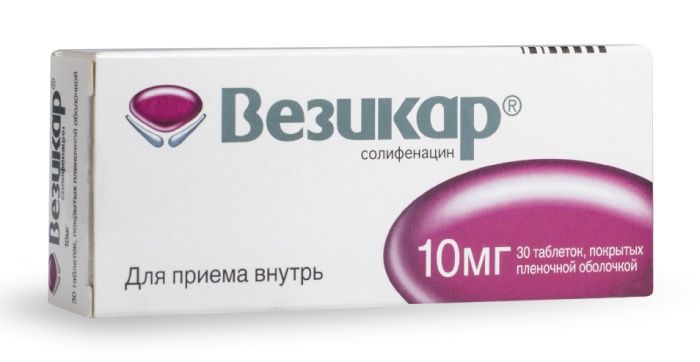
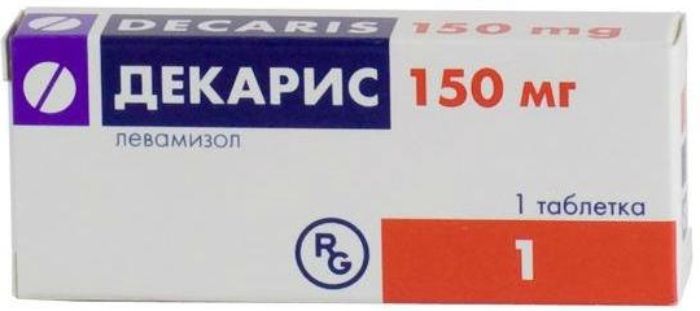
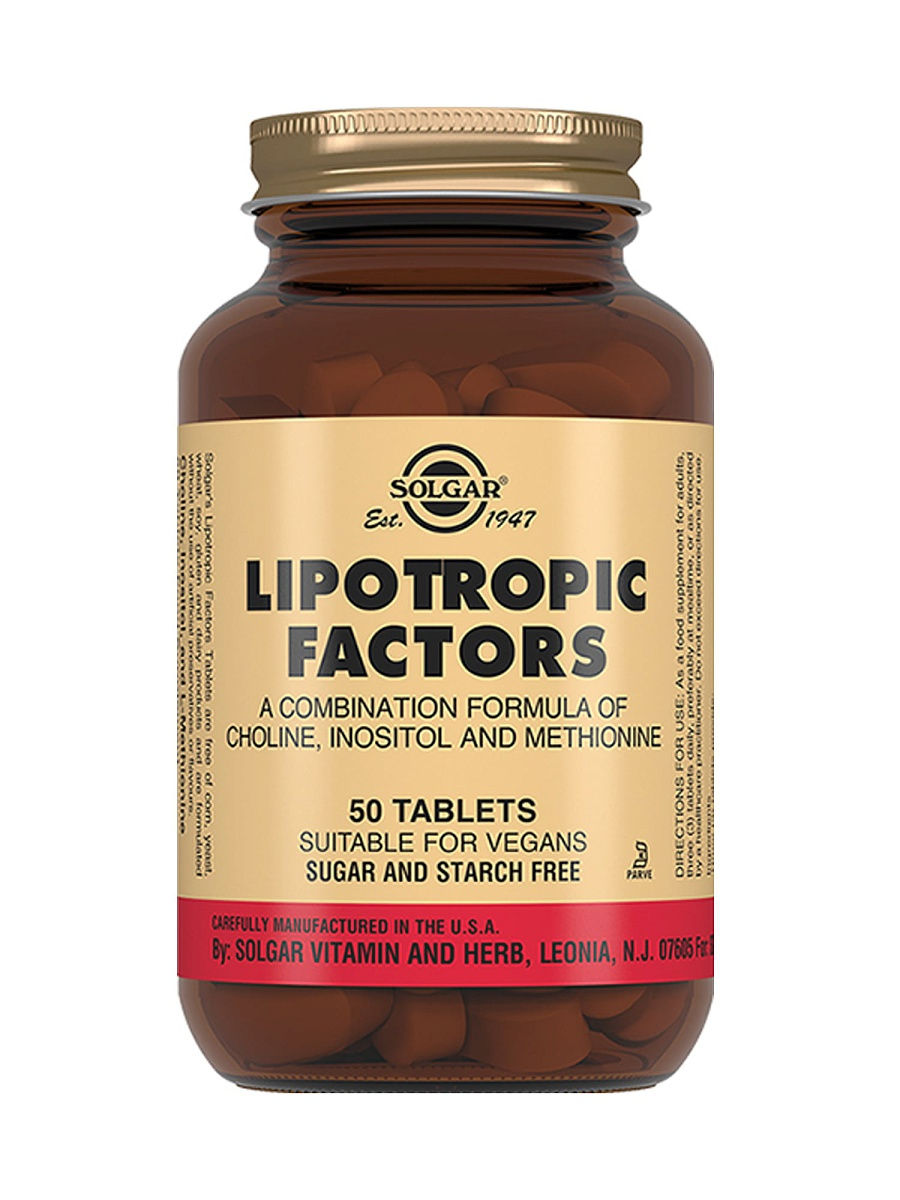
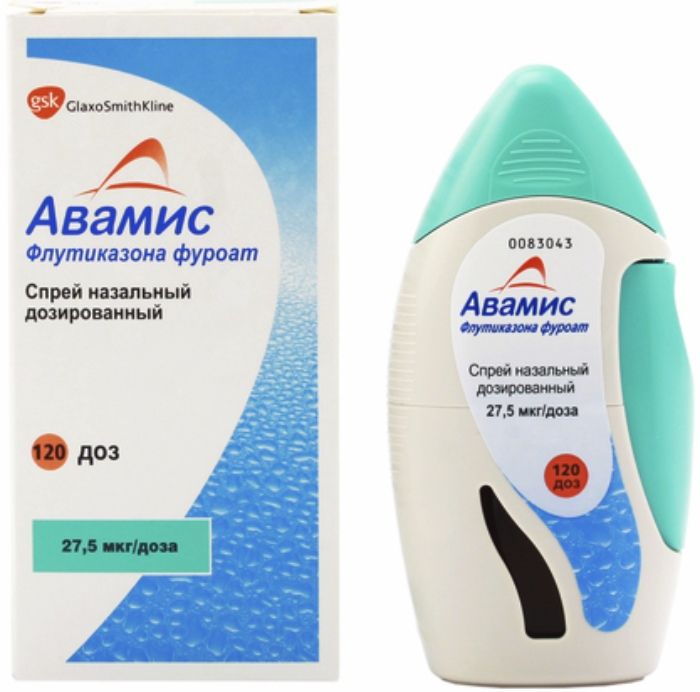
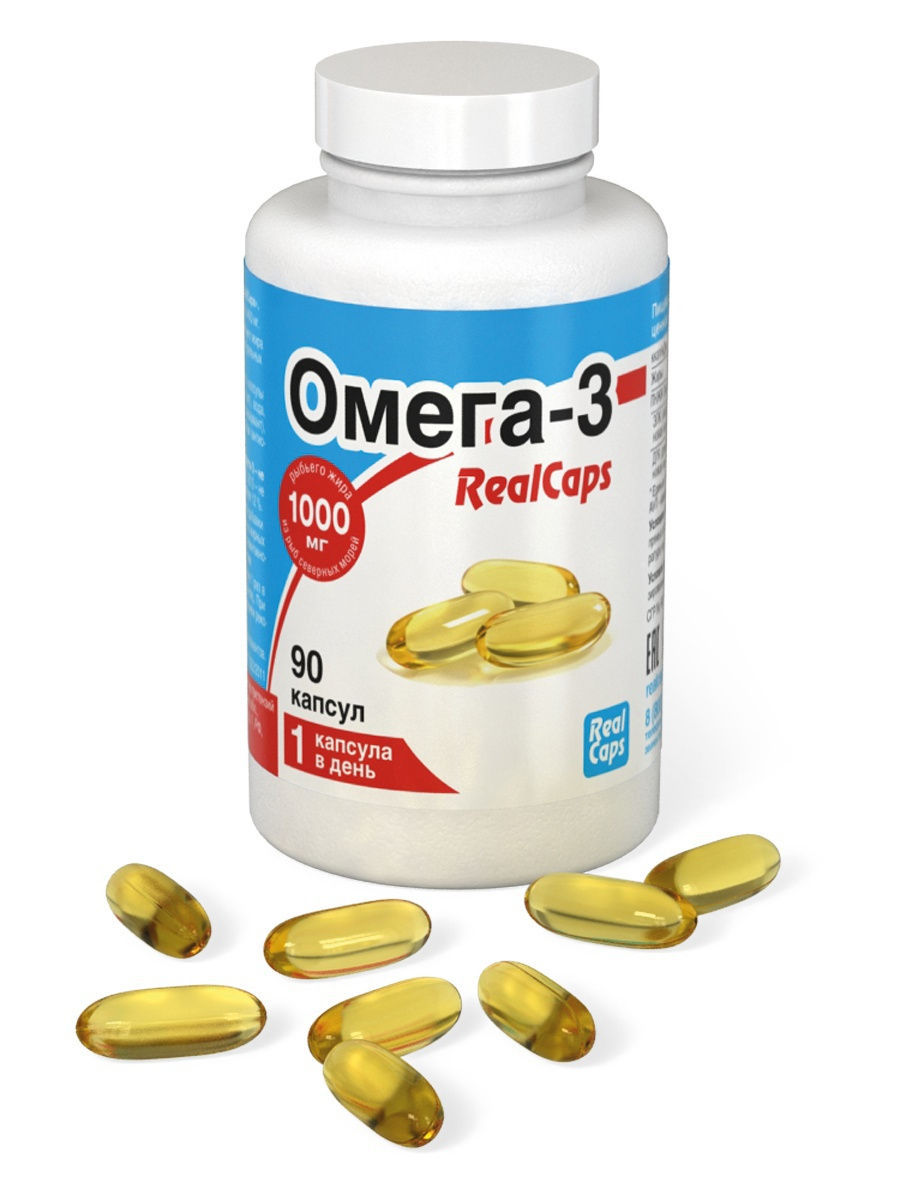

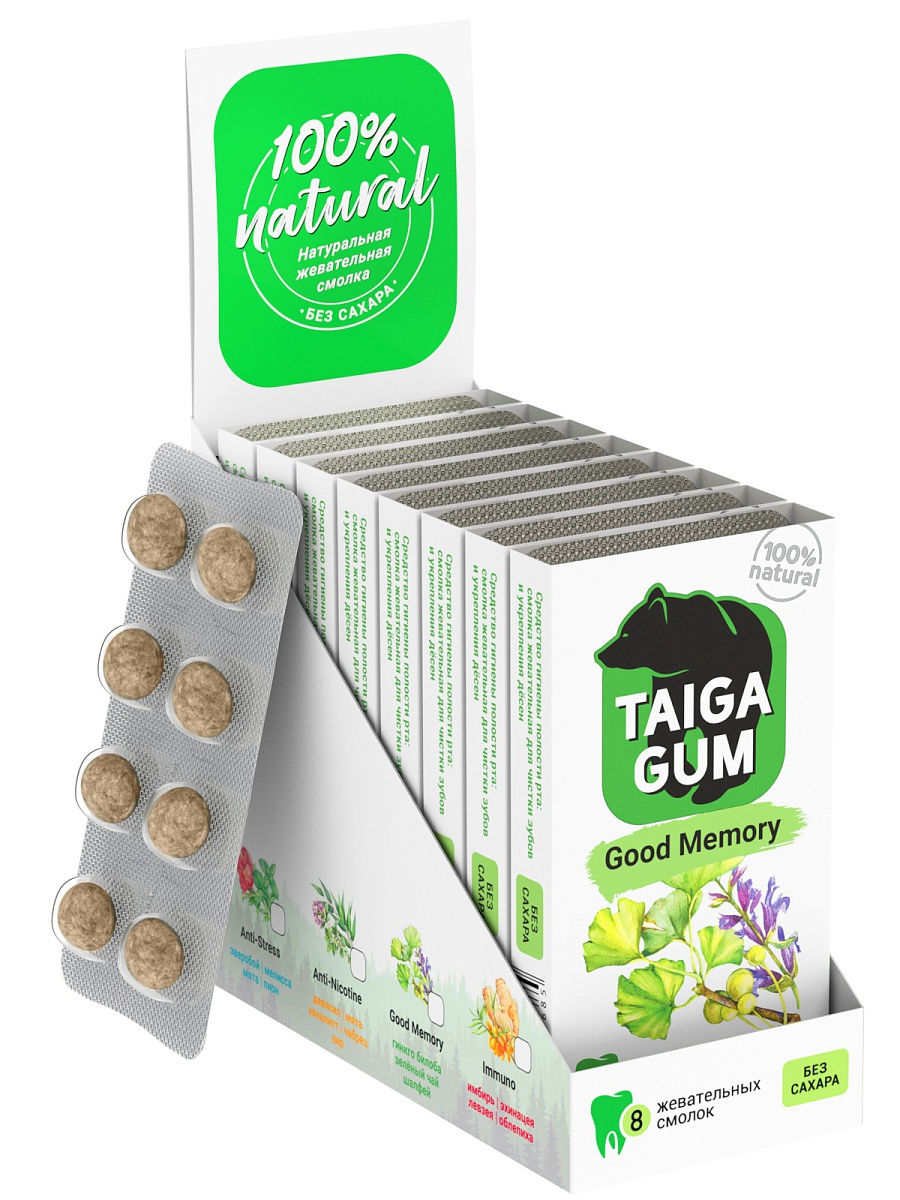




There are no reviews yet.